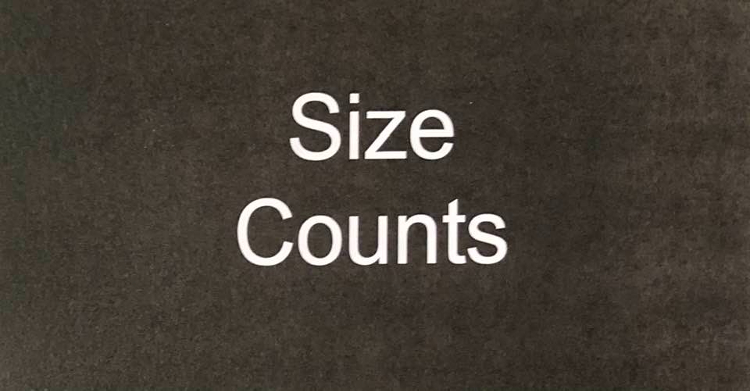The plot is, at least initially, uncomplicated: a woman is raped by a bandit and her husband is killed. Also, the film has only three locations: the wood where the rape and killing take place, an open-air court where witnesses describe the events, and a derelict building in which the situation is discussed during a rainstorm. The action begins in medias res, like many of Kurosawa's narratives.
What the director does with this simple scenario is quite amazing: he presents the narrative in flashback, from the perspectives of four different people as reported by others. Each version of the events is different, as each one favours its own self-serving and unreliable narrator. We are never told which, if indeed any, of these versions is entirely true, though we are left with the clear awareness that truth itself is highly subjective. We may doubt the veracity of many of the characters, though the film is ultimately optimistic, with the rainstorm ending and an abandoned baby being cared for.
Toshiro Mifune stars as the proud yet naive bandit. He recounts what he regards as his noble actions, though, in one version of events, the woman escapes after he begs her to marry him. Her surprisingly stoical husband reacts calmly to everything around him though is also a skilled samurai swordsman. His wife is alternately terrified and dominant, screaming in fear though later mocking the two men for their lack of verility. So, each version of the story presents a different interpretation of the characters.
In the wood where the central events take place, the sun shines through the trees creating a dappled light like Pierre Auguste Renoir's painting Moulin De La Galette. Kurosawa also films the sun itself, glinting between the trees; he was apparently one of the first directors to point his camera directly at the sun, and when he does so in Rashomon the effect is beautiful and natural.





